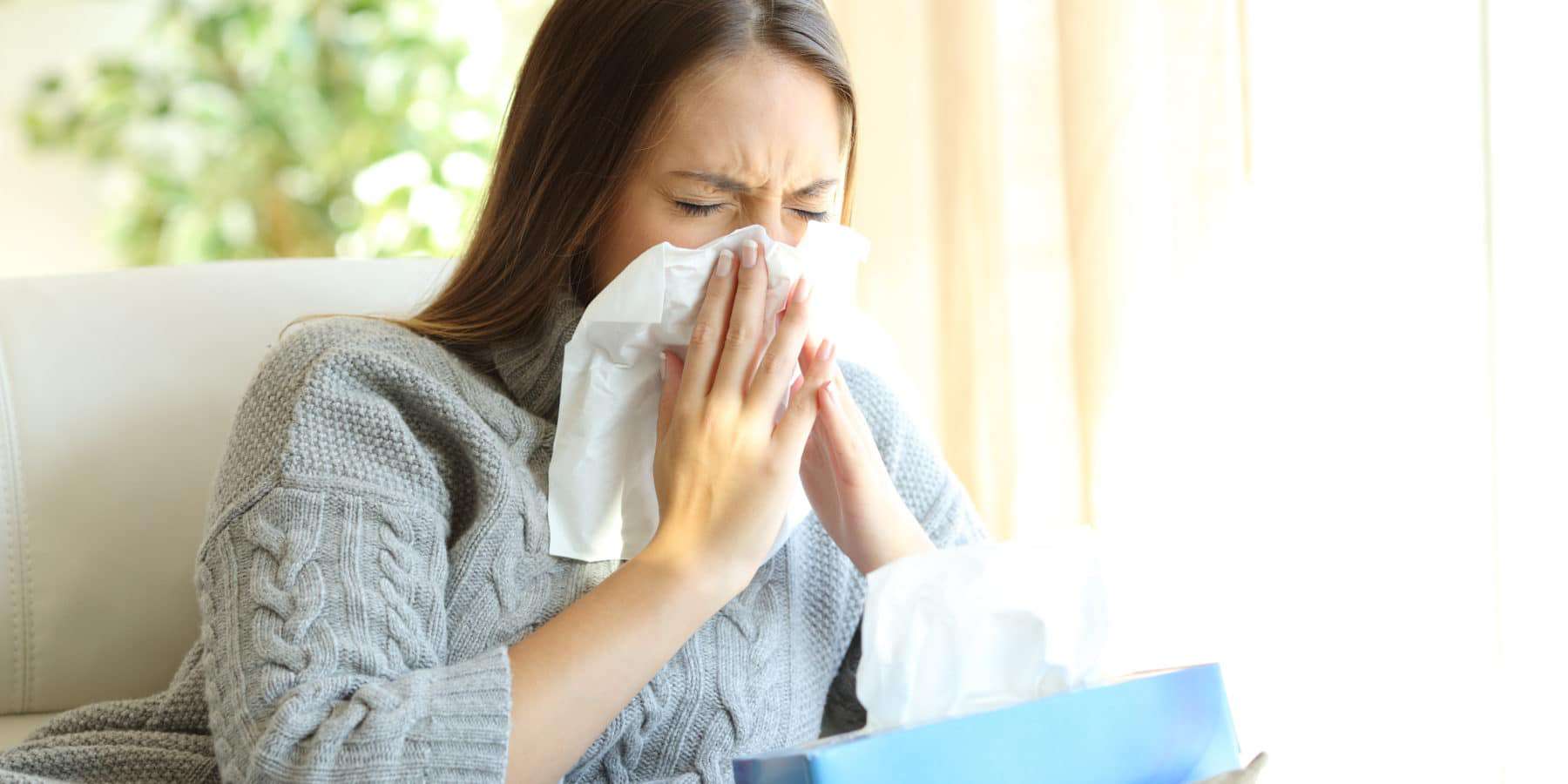When it comes to indoor allergies, dust plays a significant role. Understanding the link between dust and allergies is crucial for maintaining a healthy living environment. In this blog, we will explore the connection between dust and allergies. Let’s delve into how dust can trigger allergies and the importance of addressing dust-related issues.
- Dust as an Allergen:
To begin, it’s important to recognize that dust is not just an annoyance but a potent allergen. - Allergens Found in Dust:
Then, Dust contains a variety of allergens, including dust mites, pet dander, pollen, mold spores, and even cockroach droppings. Dust harbors common allergens like dust mites, pollen, and pet dander will convey the allergenic components of dust. - Dust Allergies and Symptoms:
Also, When individuals with allergies come into contact with dust allergens, it can trigger a range of symptoms, such as sneezing, coughing, congestion, watery eyes, and itching. This will smoothly transition us to discussing the symptoms associated with dust allergies. - Dust Mites: The Primary Culprits:
Dust mites, microscopic creatures that thrive in dust, are one of the leading causes of dust allergies. This will emphasize the significance of dust mites in relation to allergies. - The Role of Dust Allergies in Asthma:
Moreover, Dust allergies can exacerbate asthma symptoms and trigger asthma attacks in susceptible individuals. This will highlight the impact of dust allergies on asthma. - Dust Allergies and Seasonal Allergies:
Then, Dust allergies can coexist with seasonal allergies, amplifying the overall allergic response. This will introduce the relationship between dust allergies and seasonal allergies. - Managing Dust Allergies:
In addition, Effectively managing dust allergies involves reducing exposure to dust allergens and implementing preventive measures. This will smoothly transition us to the strategies for managing dust allergies. - Dust Control and Prevention:
Also, Regular dusting, vacuuming with HEPA filters, using allergen-proof bedding, and maintaining low humidity levels are essential in controlling dust allergens. - Cleaning Strategies for Dust Allergies:
Implementing proper cleaning strategies, such as wearing a mask while cleaning, using microfiber cloths, and avoiding feather dusters, can minimize allergen exposure. - Professional Help for Allergy Relief:
In severe cases, seeking professional help from allergists or immunologists can provide effective allergy management and relief.
Conclusion:
Finally, we have explored the link between dust and allergies. Dust allergens, such as dust mites, can trigger a range of allergic symptoms and aggravate conditions like asthma. By implementing proper cleaning strategies and preventive measures, individuals can effectively manage dust allergies and reduce allergen exposure. Remember, seeking professional help is advisable for severe cases. By understanding the connection between dust and allergies, we can create a healthier living environment and enjoy improved well-being.

